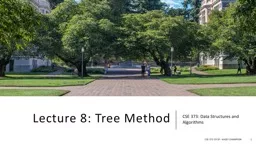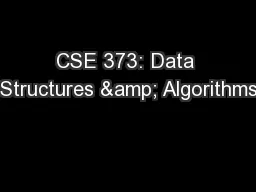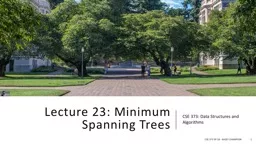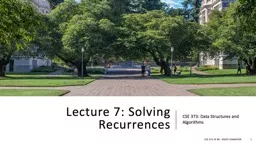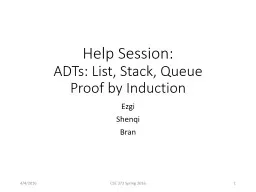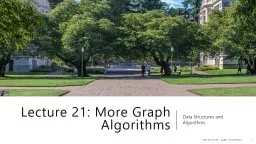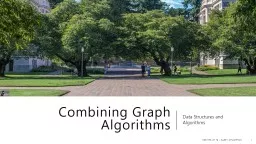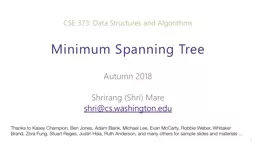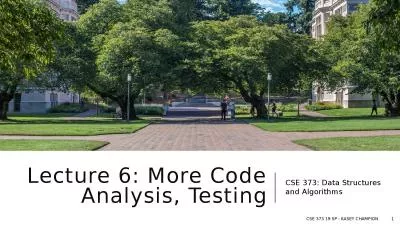PPT-Cse 373 October 27 th – Priority
Author : sandsomber | Published Date : 2020-07-01
QUeues Today HW 2 grades went out yesterday Many of the problems seemed to be a problem with rigor In proofs justify what youre saying and make as much explicit
Presentation Embed Code
Download Presentation
Download Presentation The PPT/PDF document "Cse 373 October 27 th – Priority" is the property of its rightful owner. Permission is granted to download and print the materials on this website for personal, non-commercial use only, and to display it on your personal computer provided you do not modify the materials and that you retain all copyright notices contained in the materials. By downloading content from our website, you accept the terms of this agreement.
Cse 373 October 27 th – Priority: Transcript
Download Rules Of Document
"Cse 373 October 27 th – Priority"The content belongs to its owner. You may download and print it for personal use, without modification, and keep all copyright notices. By downloading, you agree to these terms.
Related Documents


